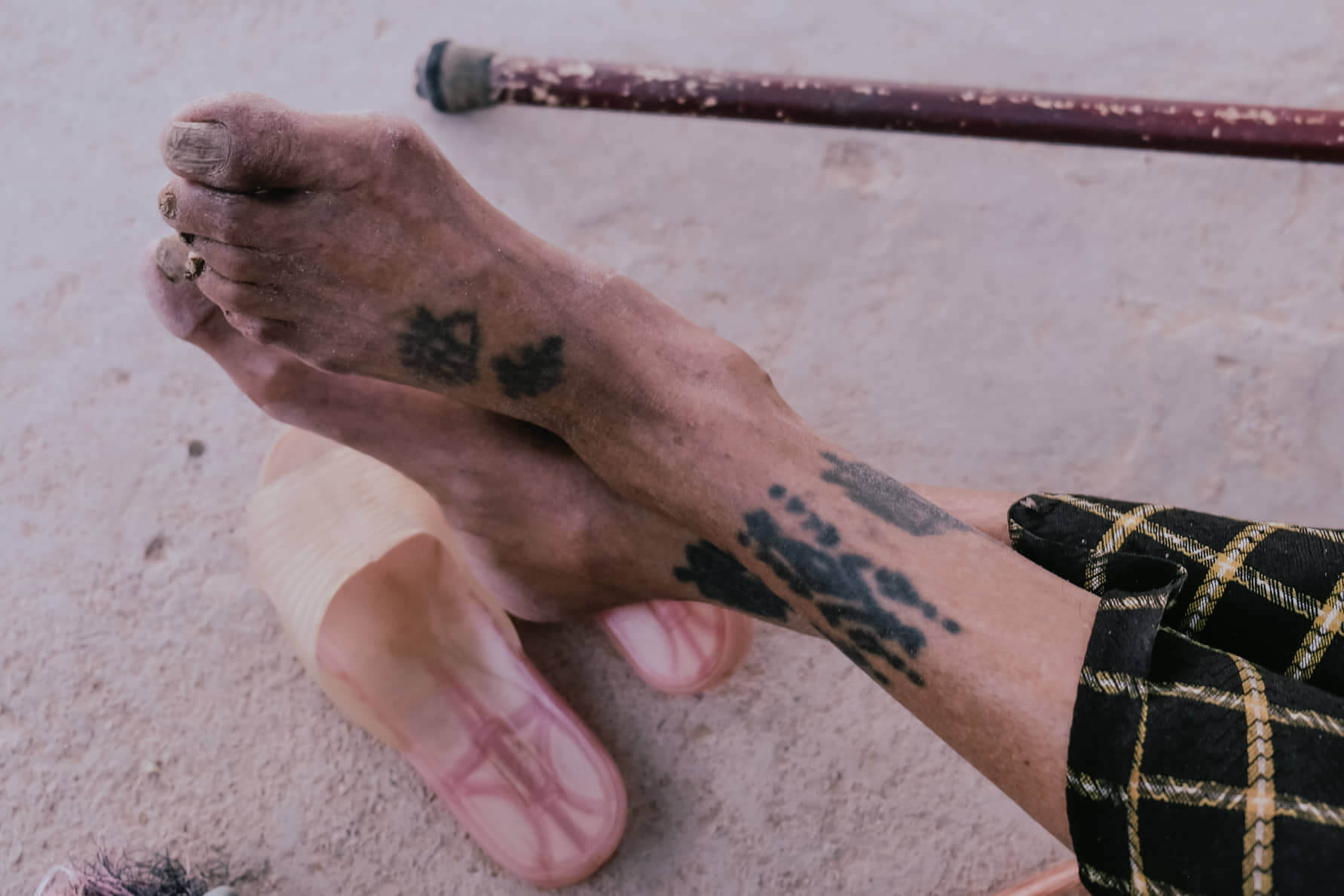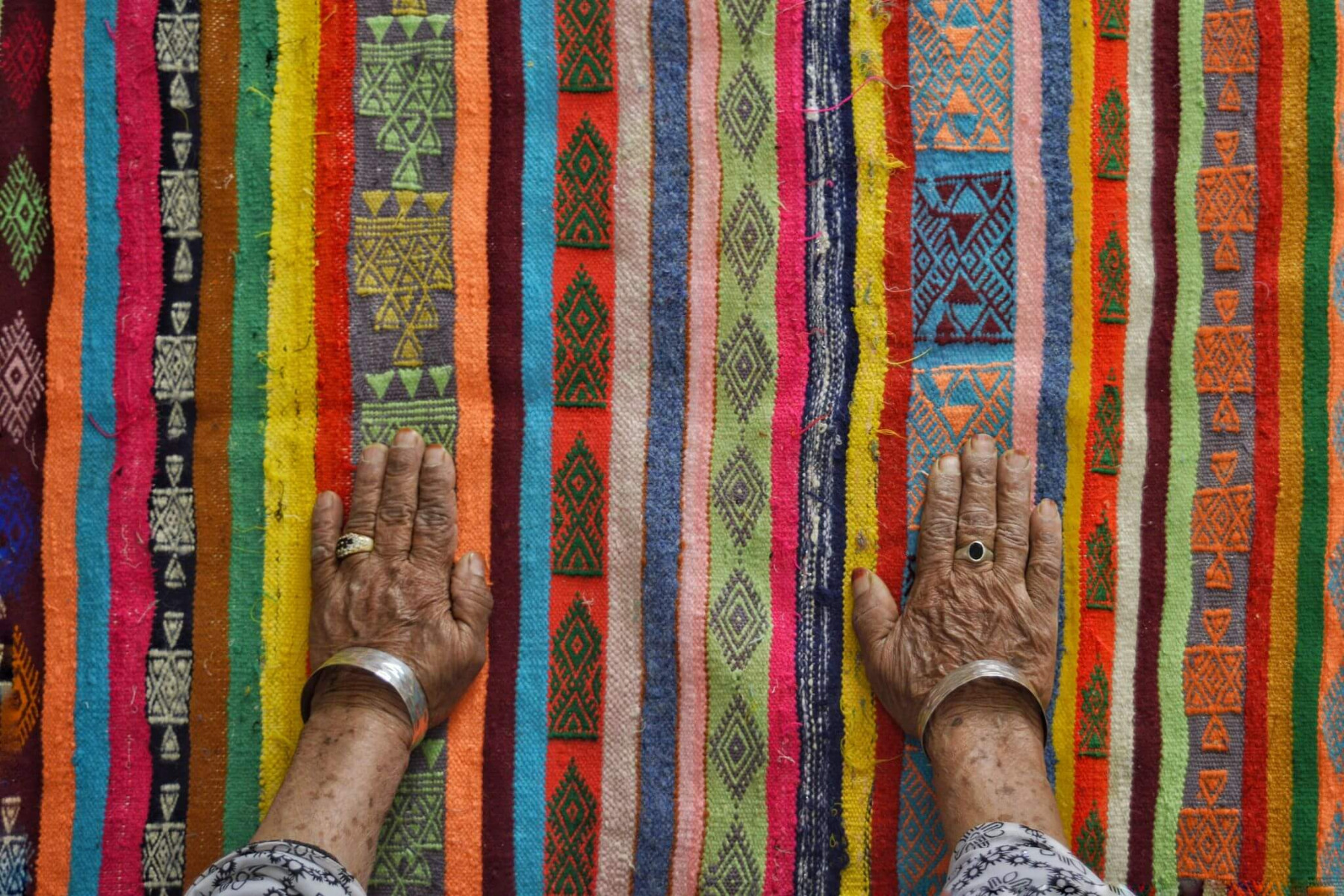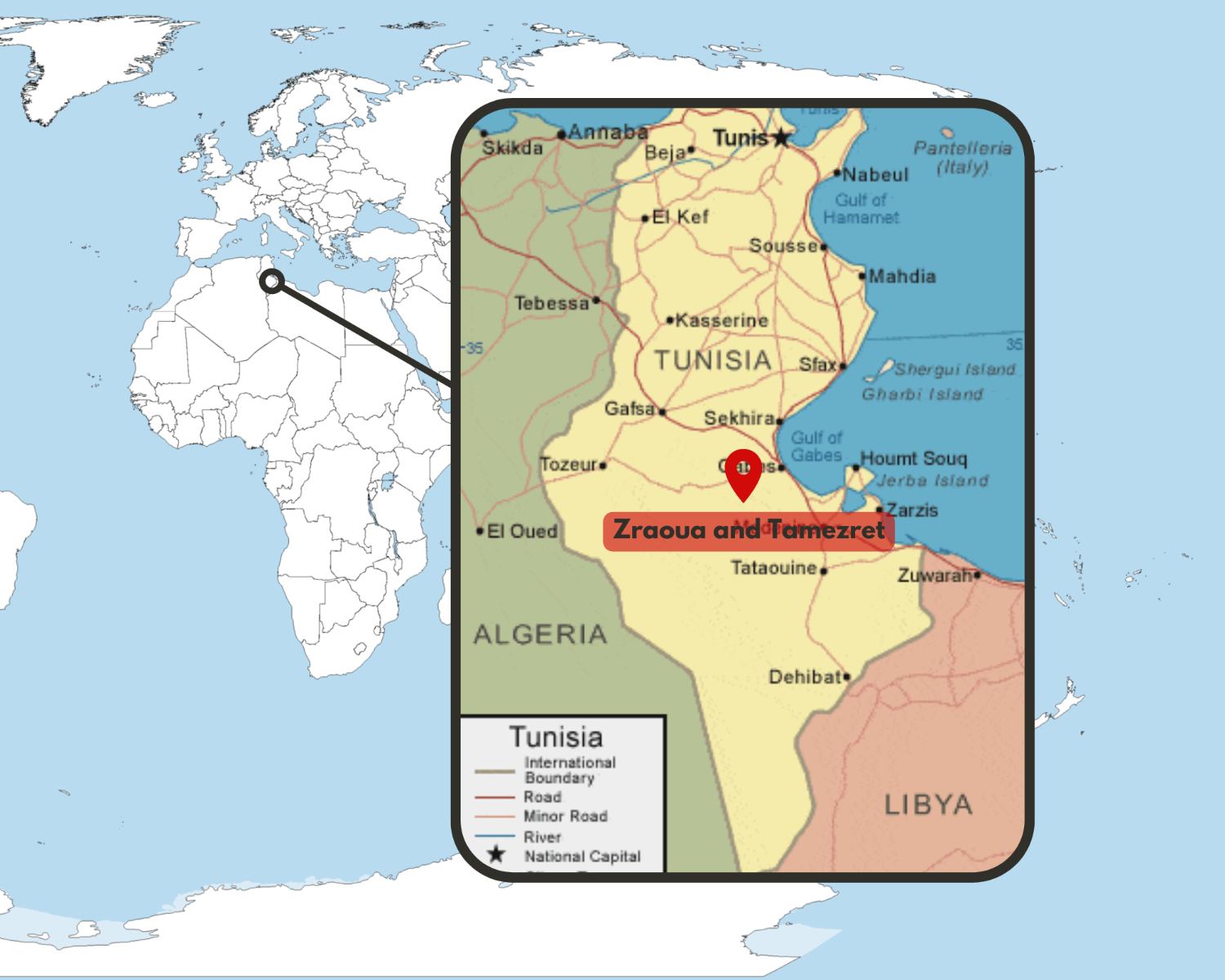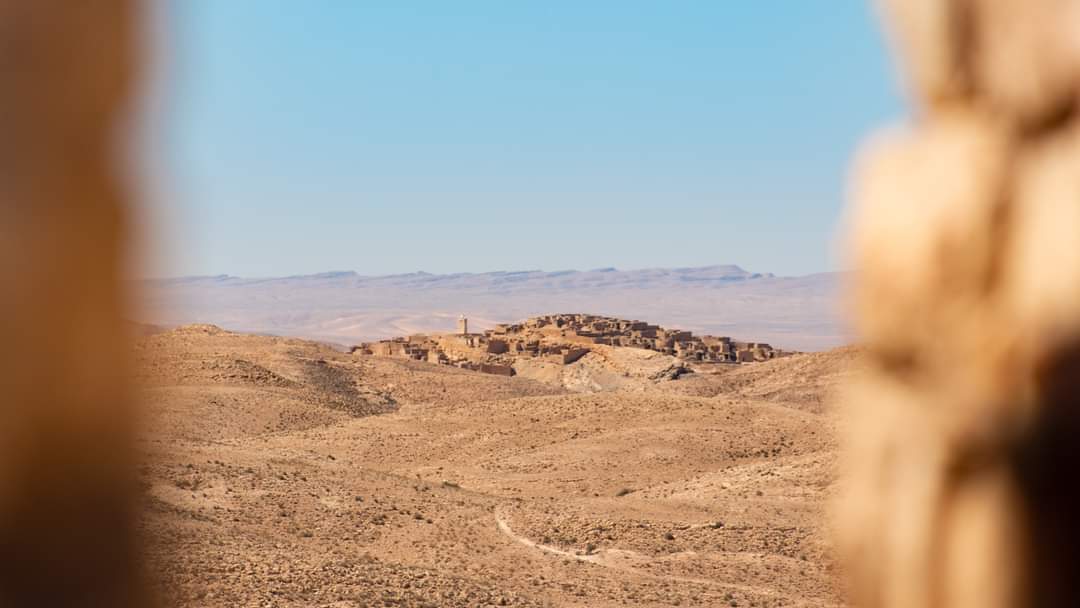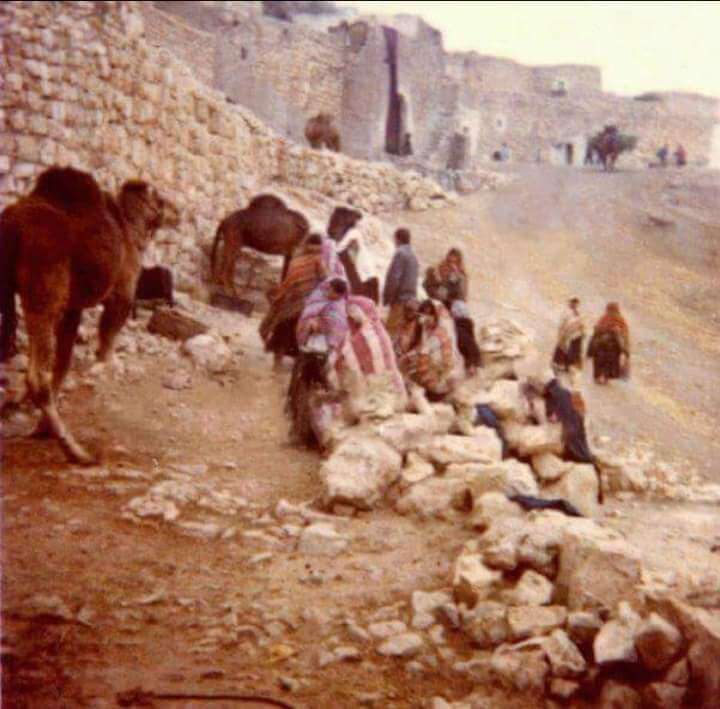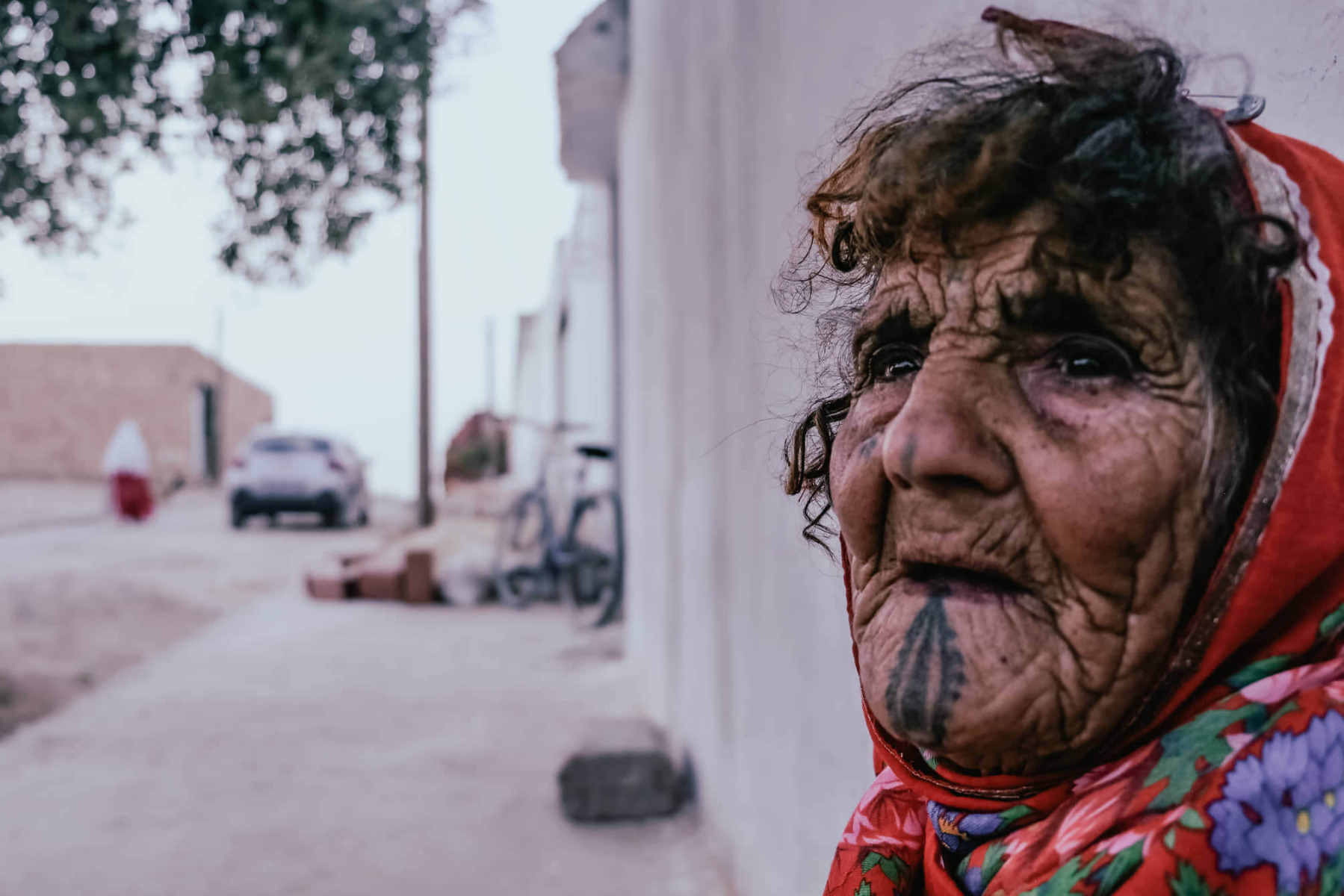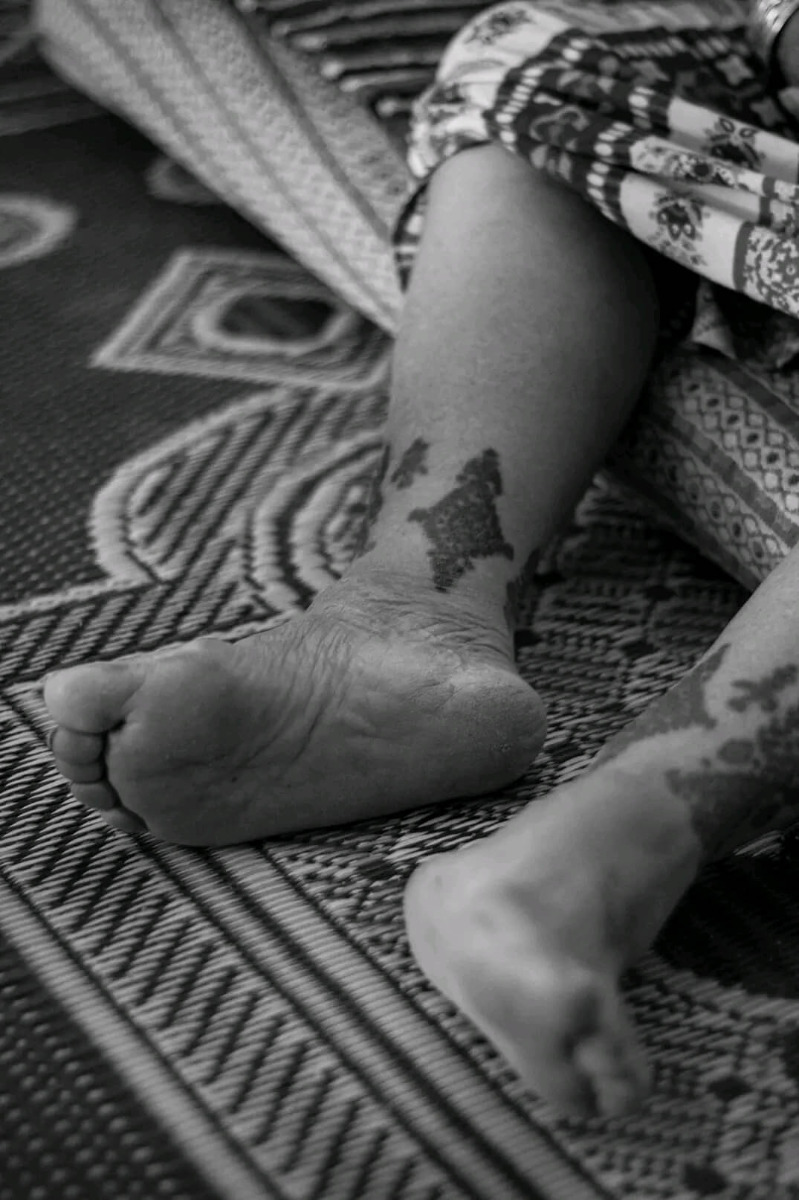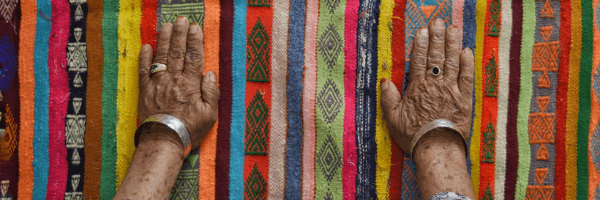
sidenote: the Amazigh people are also known as Berbers. Because of information I’ve gotten from different Amazigh people about the word “Berber” being a pejorative, I opted to only use Amazigh, their original name.
When I was asked to write an article about Amazigh life and symbols, I was delighted. During my short time living in Tunisia I had the honor to have many experiences with amazing Amazigh people.
I am amazed and passionate to know more about Amazigh culture and think my experiences visiting the deep Tunisian south have given me a lot of info to be able to write this article today. Of course, I am not writing a travel blog, but rather I want to share knowledge that is in a precarious situation of getting lost through time, based upon transferred knowledge of Amazigh people and further research.
Speaking about Amazigh culture as a whole is a task too large for my abilities and is best left to historians, anthropologists and the Amazigh people themselves. Rather, I will focus on one part of the culture which is the symbols used in tattoos and the household of the Amazigh in southern Tunisia.
The Free Man
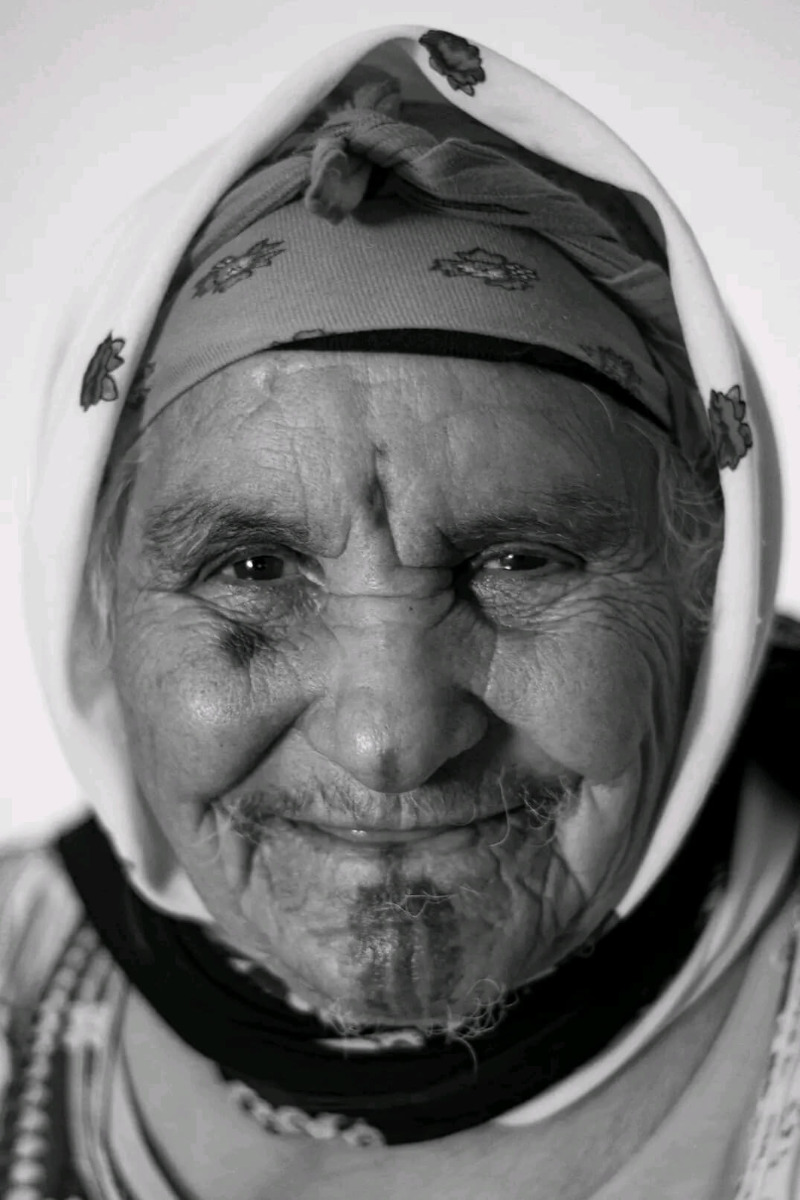
Zarmouha from Zraoua, Southern Tunisia
In general it is believed that the Islamic Qur’an prohibits the wearing of tattoos. In an islamised region like the Maghreb though, tattoos were once a large part of the culture of its original inhabitants. A strong and distant culture connects women to the taboo art of tattoos.
In rural parts of the Maghreb women can be found still wearing the Amazigh tattoos, and they are some of the only people on earth still able to read and understand the symbolism behind them.
Amazigh, meaning “the free man”, plural Imazighen, are the most ancient native people of the Maghreb, so ancient it is difficult to define the contours of their identity. The people that were called “Libians” during antiquity are still to be found in the 4 countries of the Maghreb, Sub Saharan Africa and in diaspora throughout the world with about 38 million people identified as full or part Amazigh. The culture is very diverse with numerous tribes and many languages spoken.
Influenced but never assimilated
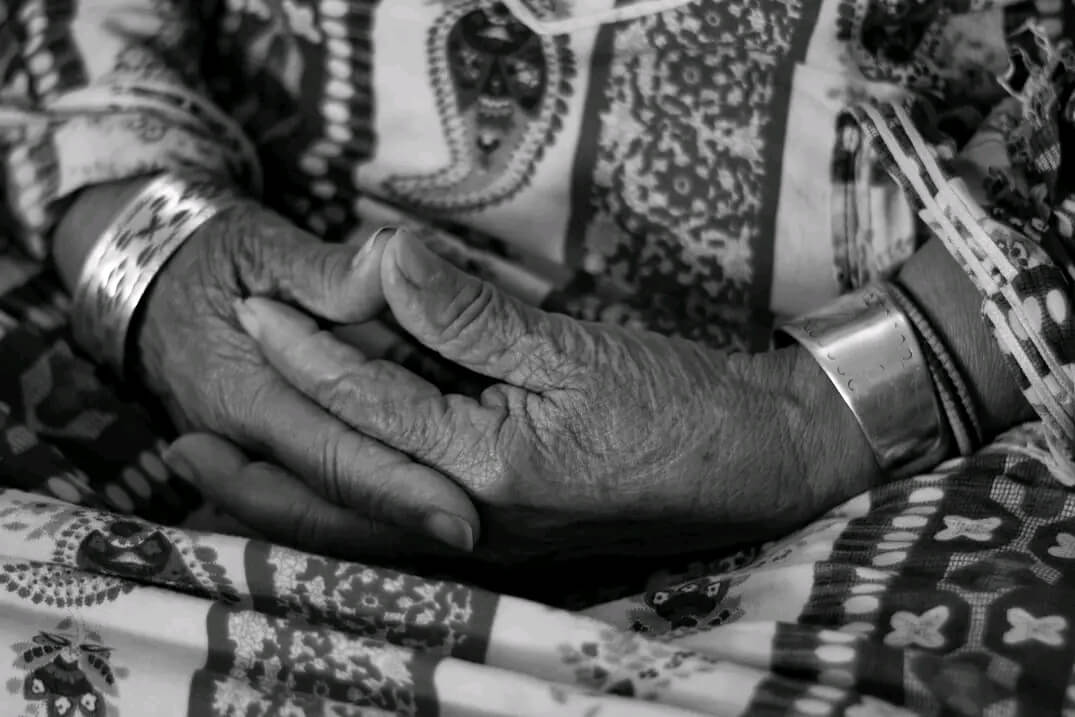
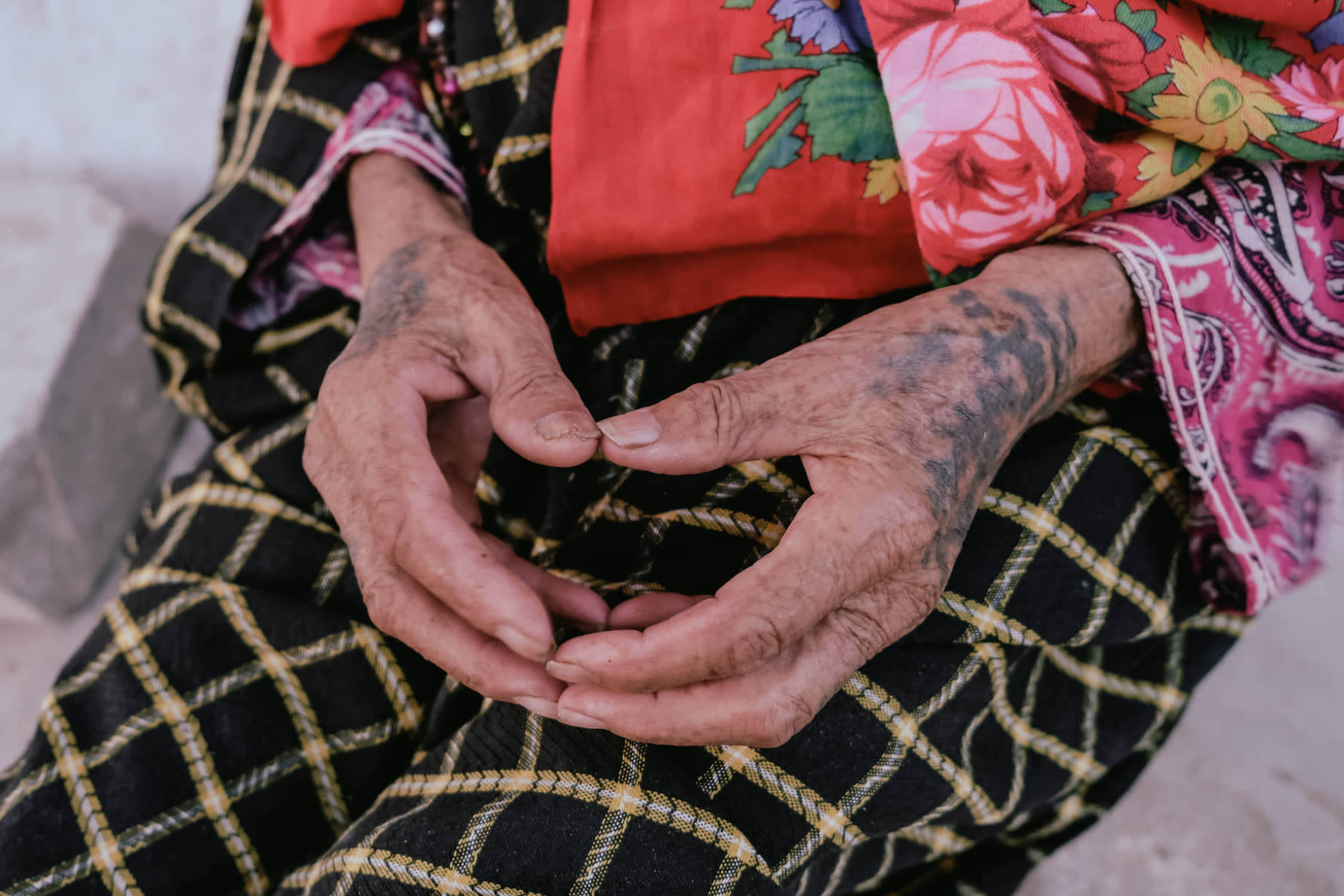
The hands of Amazigh women we visited in the village of Zraoua, Southern Tunisia
The Amazigh people are an ancient people with sources dating them back to 5000 BCE or earlier. In spite of all conquests for their land, they still exist. Tunisia is known as a cross-point of cultures and peoples. There was the Christian influence, Jewish influence and Islamisation of the Maghreb. Imazighen have been influenced by these cultures and religions but have never assimilated. The religion of the Imazighen is historically a kind of animism. A strong belief in the force of nature, the sea, mountains, desert, sun and moon was present. Later they took on a polytheist religion close to the Greek pantheon, and even later became monotheists influenced by a Palestinian Christianism. After islamisation they ultimately became muslims but have always had a more esoteric view mixed with magic thinking than their conquerors.
A Magic Tool
Zina, an Amazigh woman posing her hands on the first rug she ever made as a teenager.
With this short background of the people, I’ll dive into the subject of Amazigh symbolism. These symbols can be found in all parts of their culture. More specifically they can be found in different domains, being; tattoos, pottery, murals, weaving, furniture, clothing and jewelry.
Tattoos are one of the most ancient known rites of the Imazighen. The Tamazight word for tattooing comes from the word al ayaacha (what brings life) or akrad (vaccinating). Tattoos were used for the classic adornment but also had a medical use. Tattoos could be done to heal (or help to heal) for example arthritis, a broken bone but also infertility or to “drain” ilnesses. As such, it is a magic tool. Tattoos also are an important identifying tool, with the symbols showing which tribe and region you’re from.
There is some literature that considers their tattooing as a way of scaring conquerors and protecting them from being imprisoned but many other sources contradict this unilateral view.
Even though tattoos for the Amazigh were mostly uniquely meant for women, in Tunisia you can still find many men in Amazigh regions that have small tattoos on the hand. These tattoos indicate they belong to a certain tribe and are meant to be seen when shaking hands.
There are no official written sources to identify the different symbols found in the various Amazigh diaspora and I won’t try to produce one in this article. Most sources trying to explain symbols are heavily influenced by the explanations of only a small part of Imazighen and cannot be true for every tribe. I cannot write an article about Amazigh symbols and tattoos without mentioning Manel Mahdouani, a Tunisian tattoo artist doing research and preserving the art of the Amazigh tattoo. She has done amazing work collecting first-hand experiences of tattooed women and often uses Amazigh symbols in her work. Tattoos are still quite taboo but on the rise in Tunisia and many young people opt for an Amazigh tattoo by Manel as a way of honoring and celebrating their cultural origins.
You can check out an interesting documentary on her work here.
Visiting the South
Ancient Amazigh subterranean village of Zraoua. The people have left this thousands years old village in the 80's to go live in "Nouvelle Zraoua" built by the governement, a few kilometers away.
In this particular article I’ll write only about the sources I have at hand, being my experiences and discussions I had with Imazighen of Tunisia. Throughout the years, I’ve visited the small village of Zraoua and Tamezret many times. These small villages, to be found in the southern region of Gabes, bordering the start of the Sahara, are unique in its kind. Not only do the people buzz with a revival for Amazigh culture, they are also some of the last villages speaking Tamazight, the Amazigh language. In these villages, children are first taught Tamazight, then Arabic. The people are very proud of their origins and are trying their best to maintain their culture and pass it through the next generations. I have learned the most from some close friends. Tarek Laabidi is a professional photo and videographer, he was kind enough to share the photos he took of women in his hometown. He has done extensive work gathering photo evidence of the Amazigh life. Hameda Mahrouk is a musician and lead man of a rapper collaboration that sings and rap in Tamazight. They’re both from Zraoua. They took me to visit a family home of Zarmouha, an old lady who doesn't remember its age but can tell and sing many stories of her people and the people before her. Her face, arms and feet are adorned with different symbols. The ink has faded but she can still explain why and when she got the tattoos done.
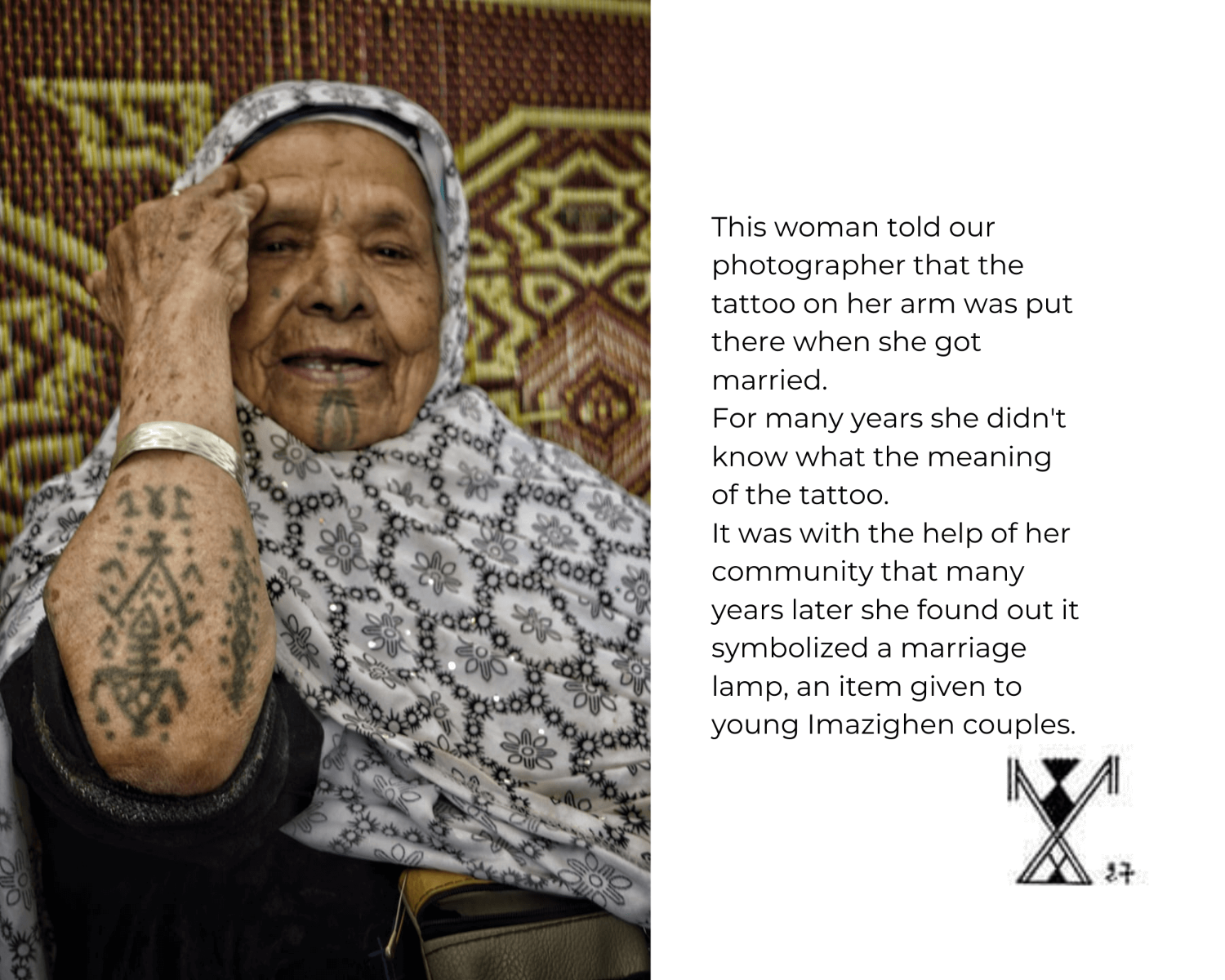
One of the most important rites of passage is marriage, with girls getting their first tattoos at the time of marriage. Not only their tattoos but also their clothes, furniture, rugs and other items are adorned with symbols for fertility, the land, the male and female and their community. It is important to note that not only tribes but also individual villages have their own detailed symbols. Symbols, more often than not, depict with small details, only visible to a trained eye, the region, village and family you are from.
These adornments are specifically a female affair, and the communities produce up until this day many female-led handcraft productions so typical for their lifestyle.
Patriarchy was a part of the cultures and religions of the conquerors, but the Imazighen of southern Tunisia have always had mostly a matriarchal way of organizing their tribes. The woman can be seen as the head of the family, while both men and women work together on the land and other activities. Women have developed many crafts and passed on the symbolism and know-how between each other.
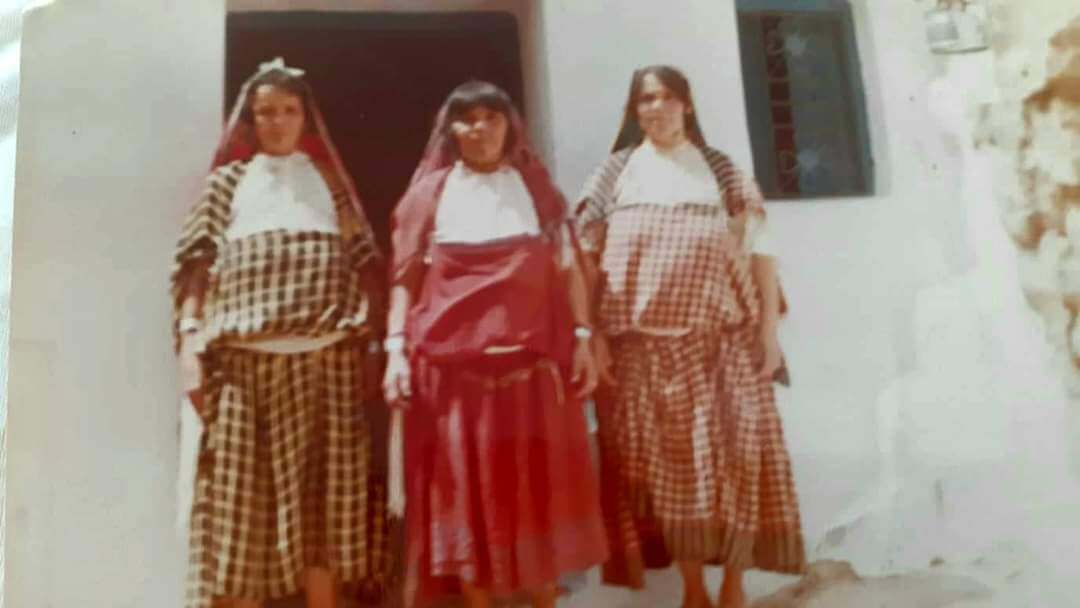
Vintage photo of women in traditional clothing in Zraoua
Vintage photo of village life in ancient Zraoua
Symbols and their meaning
A portrait of an Amazigh woman wearing the typical chin tattoo.
To specify, I will briefly explain what I have gathered as the meanings for different symbols which can be found throughout the different crafts and tattoos.
These explanations are not definitions but a reflection of information I got from inhabitants of Zraoua and Tamezret. I cannot write this article without mentioning Mongi Bouras, who manages the “Musée Berbère” in Tamezret and is one of the people of the region doing active research and transmission of his local culture. I have learned immensely from him and can confidently say he encouraged me to discover more about the Amazigh. You can check out the Musée Berbère here.
the Yaz: the best known Amazigh symbol that can be found on their flag and many other places. It symbolizes the meaning of the word Amazigh (free man), with a figure standing strong on the earth, with its arms reaching out to the sky. The Amazigh are a people that live in accordance with nature and are strong and resilient as a people since 7000 years.
the Cross: basis of many symbols in tattoos, rugs, pottery etc. It can be a sign of stability and safety. Mister Bouras explained that this is also a reflection of the Christian influence on his people. This means the symbol isn’t only meant as magic thinking but also a sign the Imazighen of the region have accepted Christianity.
the Fish: a sign for abundance and wealth. Again, can be interpreted as a sign for Christianity with a fish symbolizing Jesus, resurrection and immortality. Fish symbols can be found above many ancient traditional homes in the southern Tunisian region.
the Trinity: Often you will find symbols consisting of three parts. The Imazighen of Zraoua and Tamezret could tell me this reflects the Christian holy trinity.
Star of David: A clear sign of acceptance of Judaism by the Amazigh people.
Candelabra / Hannukah Menorah: As symbols are abstract visualizations of objects, this one can be harder to perceive. It is clear that symbols with 9 upstanding lines are to be found all over Amazigh (ancient) handcrafts and that this can be linked to the Menorah.
Other symbols that can be found:
regional details (each village has their own detailed adaptation of symbols, making it directly clear where someone is from to other Imazighen)
depictions of animals (camels, birds, scorpions, snakes…)
plants (palm leaves, olive trees, cactus…)
khomsa (a sign for protection from the evil eye, used in many cultures)
the land (sun, sea, mountains, desert, sea, rivers…)
Zarmouha shows us the tattoo of the traditional Amazigh pin on her feet, the pin can be found in many decorations and is part of typical Tunisian Amazigh jewelry.
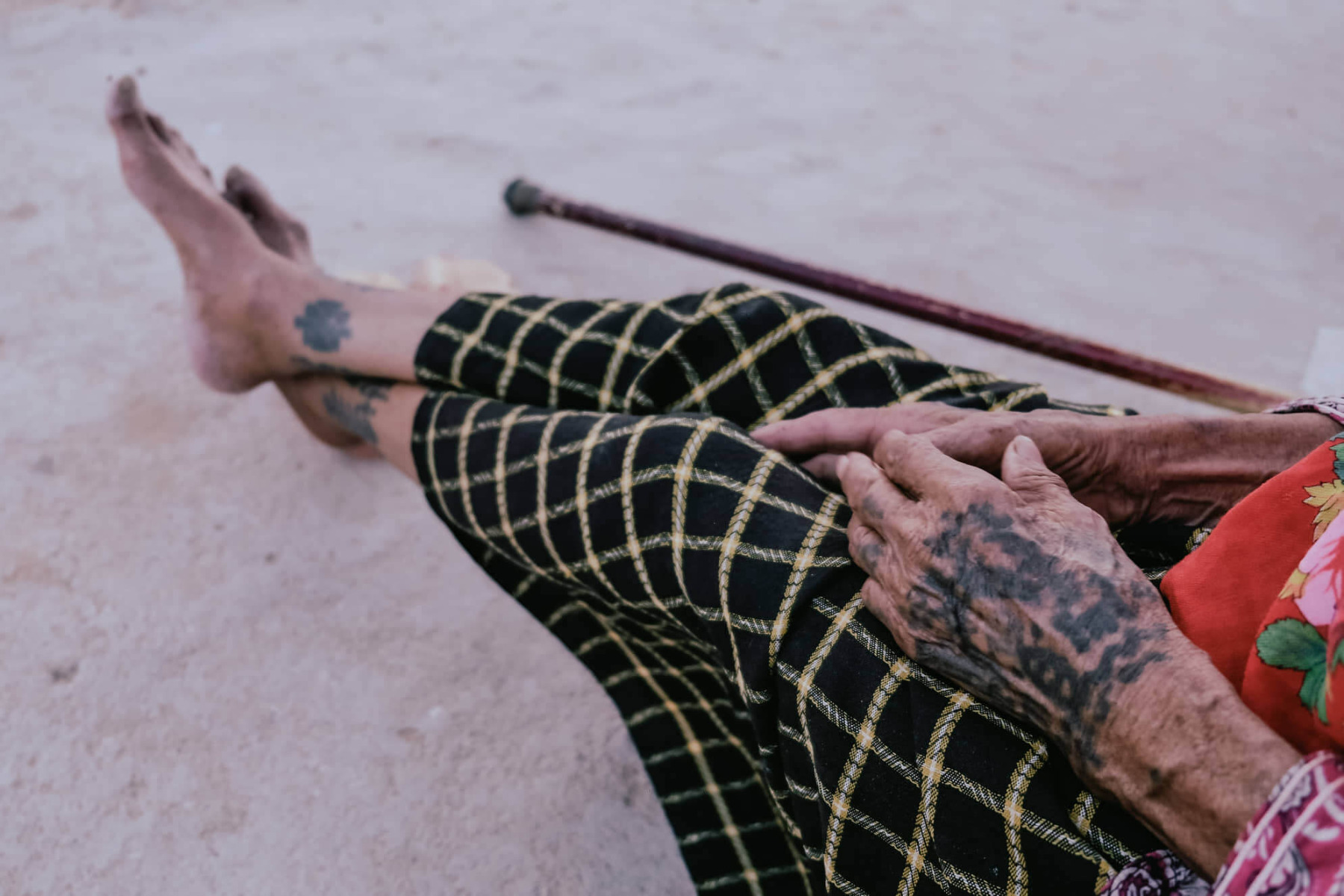
Finally, the Amazigh symbolism can be seen as an alphabet that is an explanation of their esoteric ancestral knowledge, their history, their values, their philosophies and so much more.
The signs and symbols are used as an ultra complex communication system between communities spreading over all of North Africa and especially based on female knowledge and craft. Unfortunately this knowledge got lost during many years of repression from ancient conquerors and still, with modern day political decisions and discrimination.
Not only the knowledge about symbols but the Amazigh culture and way of life as a whole is on the decline for centuries. This is why it is so important to raise awareness and honor the Imazighen passionate about keeping their culture alive, such as Manel, Tarek, Hameda and Mongi, the women artisans and all the inhabitants of the small Amazigh communities in Tunisia.
